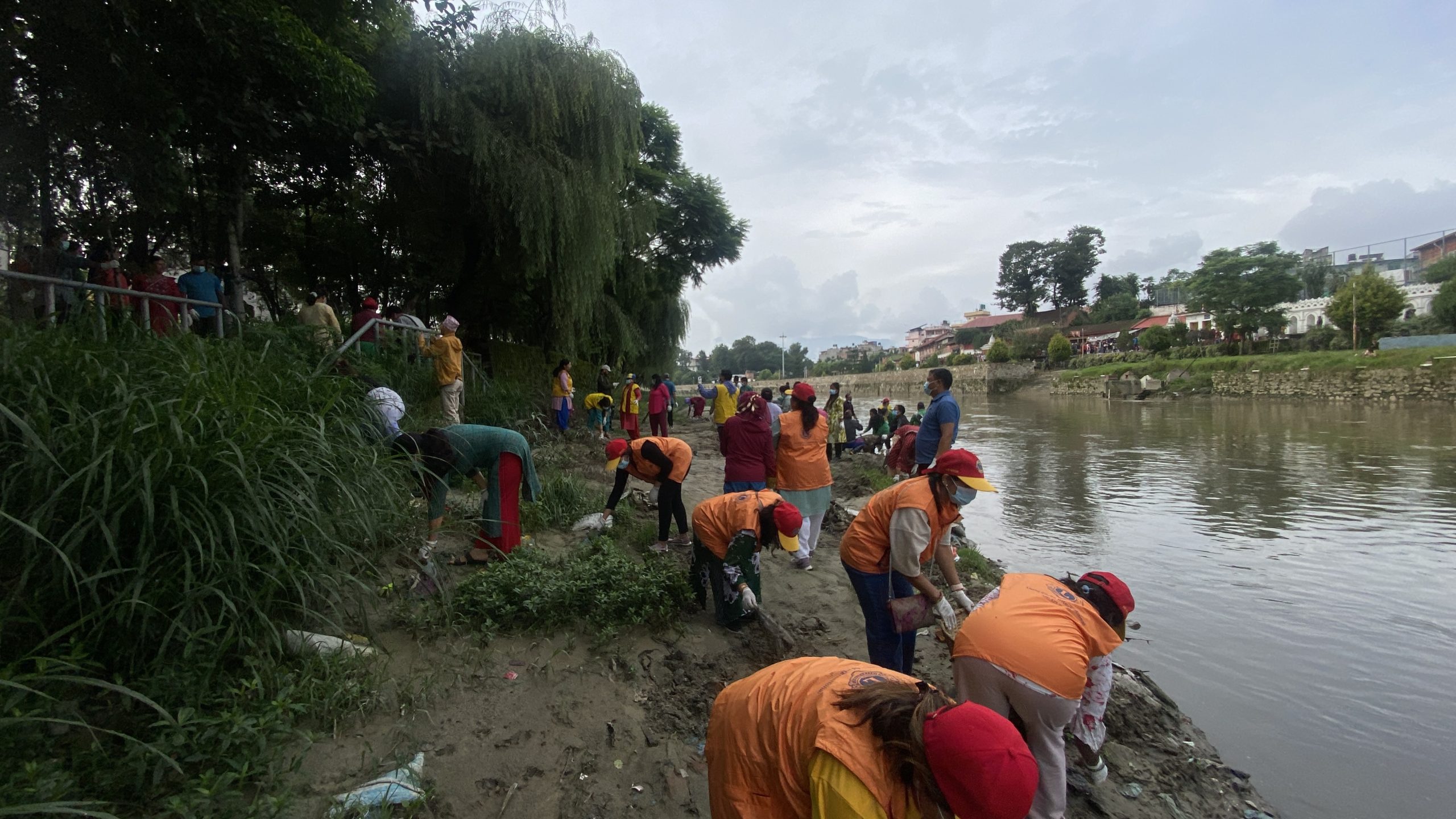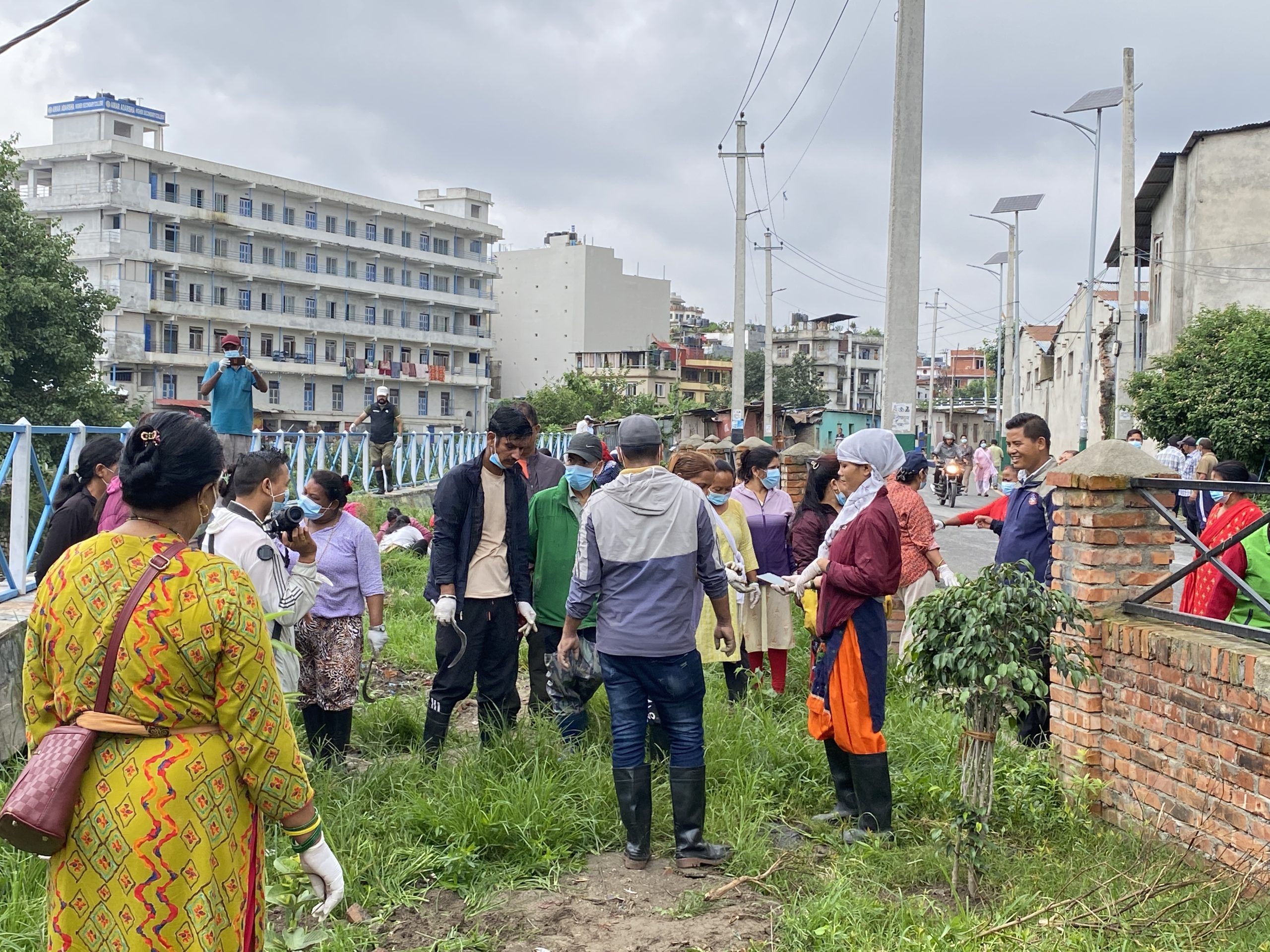Kathmandu, Shankhamul,Embracing the spirit of the national campaign “Two Hours a Week for the Nation”, the 641st edition of...
Long ago, the Bagmati River was one of the cleanest and holiest rivers in Nepal. Flowing peacefully through the heart of Kathmandu Valley, it was surrounded by lush green trees, traditional temples, and quiet ghats where people gathered to worship, bathe, and meditate.
The water was so clear that people could drink from it and see their reflection in it. Birds chirped along its banks, and children played near the flowing stream. The river was not just a source of water—it was a symbol of purity, culture, and life.
It starts from Bagdwar, in the Shivapuri hills north of Kathmandu, and flows through the Kathmandu Valley, passing by many famous religious sites. The river is considered holy by both Hindus and Buddhists. The famous Pashupatinath Temple, a UNESCO World Heritage Site, is built on its banks. People believe that taking a bath in Bagmati washes away sins and brings spiritual peace.
It has been mentioned in old Hindu texts and scriptures. Kathmandu’s early settlements were close to the Bagmati because it provided fresh water. In the past, the river was clean, full of fish and birds, and surrounded by greenery. Over time, due to urbanization and pollution, the river became dirty. Now, many cleaning campaigns like the Bagmati Cleaning Mega Campaign are working to restore its beauty.





